By Andrea Eidinger
Here at Library and Archives Canada (LAC), we take user feedback very seriously. Over the years, one point has come through loud and clear: our existing website is not meeting the needs of the public. This is why we are proud to announce that we will be launching a completely new website later this summer—library-archives.canada.ca. In this blog post, I will go over what LAC’s new web presence will involve and how these changes will impact your experience.
New website
So, what does this mean in practical terms? We spent a lot of time gathering feedback from members of the public, expert researchers and members of our staff to make our website user-centric. This involved creating several working groups as well as user-testing different possibilities for the new website. We also incorporated the latest research on how people actually use websites.
A major part of this work has been to ensure that all our users can easily find and understand the information on our website. Two very important components of the new website are consistent web navigation and plain language. All our new web content is organized in the same way so that users always know where to go, and the language has been simplified to make it clearer and easy to understand, no matter your skill level.
Finally, our website is dynamic. Our goal was to create a website that lives and breathes. Gone are the days of web pages being posted and then never touched again. Part of renewing our web presence is a commitment to continually update the website with new material and make improvements based on user feedback. We are also taking what is called an “iterative approach.” Essentially, we will start with a scaled-back version of the new website. This will be a launching pad for us. Our work will build on this initial version to develop the new website.
New structure
One of the biggest changes users will notice is the look and feel of the website. To make the information on the website more easily accessible to the public, we have developed a new structure for the website based on tasks, topics and themes that align with our users’ needs. In other words, we looked closely at how members of the public were using our existing website and what they were looking for (tasks). We then grouped those tasks into broad categories (topics). Finally, we grouped these topics into themes.
These themes are the basis for the website’s new structure and align with the Government of Canada’s design system. This system provides a more practical, consistent and reliable online experience for people who access Government of Canada digital services.
The first theme, Corporate, contains all of the institutional information relating to LAC. This includes information about our mandates, policies, initiatives and partners. This is where you will also find information about transparency at LAC and be able to read reports and plans about our activities.
The second theme, Services, is self-explanatory. It is where users can access our services or complete a task related to one of our programs. Under this theme, users will find information on how to visit us, how to order material, how to apply for ISBN numbers, how to make an ATIP request, and more. Also under this theme is information about the various services that we offer for gallery, library, archives and museum (GLAM) professionals, publishers, public servants, and Indigenous communities and individuals. This section will also contain information about our different funding programs.
Finally, there is the Collection theme. Our goal in rethinking how we present the Collection theme was to build user autonomy and discovery. This section will be home to all kinds of materials that will help Canadians access the documentary heritage under LAC’s care. In this section, you will find our databases, guides on researching various topics, publications, and podcast episodes, as well as a basic introduction to research. This section also includes many of LAC’s more interactive features, such as Co-Lab, our transcription program.
New navigation
One of the biggest challenge that users faced on our website was finding the information they were looking for. This was a problem particularly for material included under the Collection theme. Often, users would travel down rabbit holes and never be able to find their way back again. We have corrected this problem with a completely new navigational system based on tables. The new navigational table will include all pages listed by topic, sub-topic and type. For example, a web page on the First World War personnel files we have available would be appear as follows:
First World War Personnel Files – Military History – First World War (1914-1919) – subject guide
Even more important: this table will be filterable and searchable. This means users can easily see all of the resources that we have on a particular topic and find their way back without difficulty.
New content
The last exciting change to tell you about is the new content on our website. The existing site is enormous: it consists of 7,000 pages. Much of the information it contains is no longer up to current web and historical standards. We also know that many of the pages are hard to read, especially for beginners, and sometimes confusing. In preparation for our new website, we have systematically reviewed every single one of those 7,000 pages. Anything outdated or no longer up to current standards was archived (and will be available to the public), and the rest of the pages were reworked. All of the information on LAC’s new website is presented in plain language and is therefore clear and easy to understand. We hope this approach will attract an entire new wave of users interested in learning about Canada’s documentary heritage.
Since there is so much content, we focused on preparing material for the three most popular and most consulted topics for the launch: genealogy and family history, Indigenous history, and military history. Please note that, in the weeks and months ahead, we will add more material to these and other topics. We will be updating our material regularly in response to user feedback and to reflect the latest available information.
We’re so excited to show you all of the new material we’ve been working on! So, while this does mean that your URLs will change, we’re hoping that these changes will make your online experience at LAC a more positive one. Since this work is only beginning, the best is yet to come!
We look forward to your feedback. Please send us your comments and thoughts when we go live.
Andrea Eidinger is a team lead in the Online Experience Division at Library and Archives Canada.



![On the left of the graphic, Tatânga Mânî [Chief Walking Buffalo] [George McLean] in traditional regalia on horse. In the middle, Iggi and girl engaging in a “kunik”, a traditional greeting in Inuit culture. On the right, Maxime Marion, a Métis guide stands holding a rifle. In the background, there is a map of Upper and Lower Canada, and text from the Red River Settlement collection.](https://thediscoverblog.files.wordpress.com/2019/02/blog-banner-1.jpg)



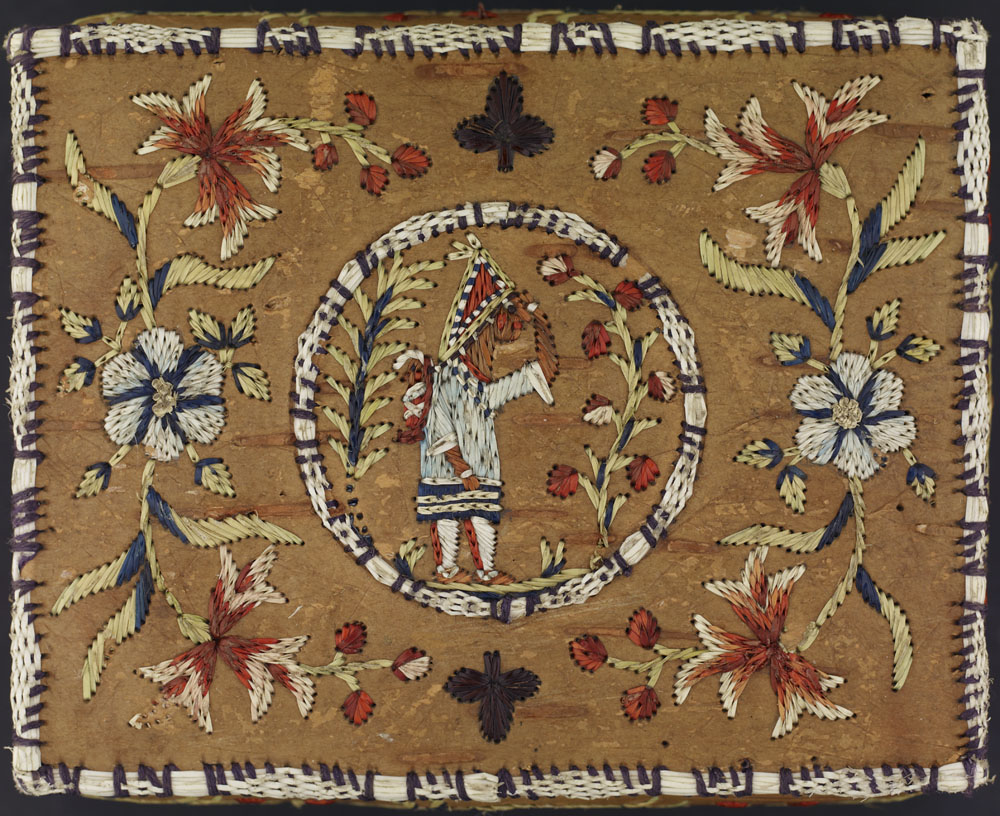

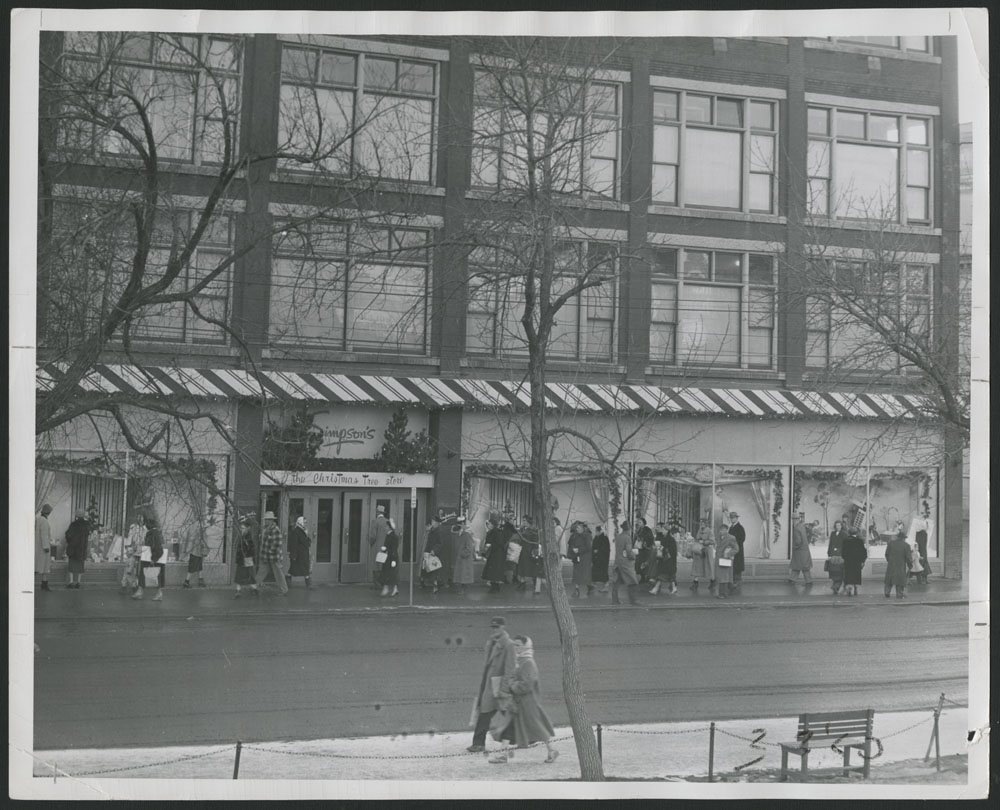
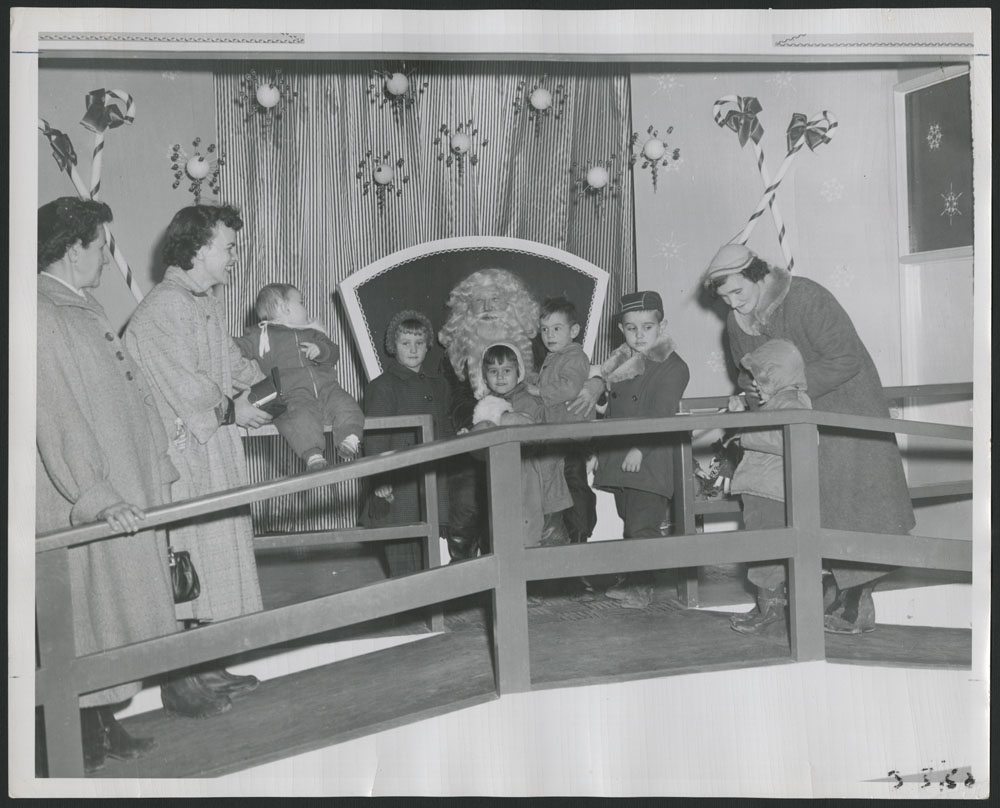
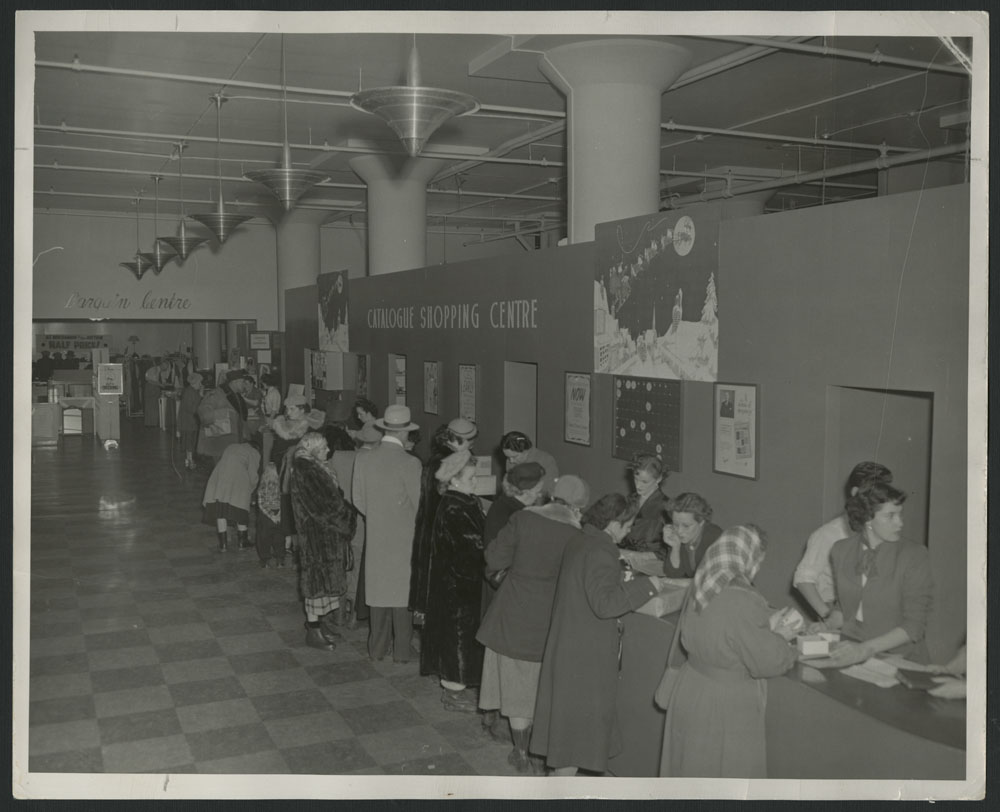


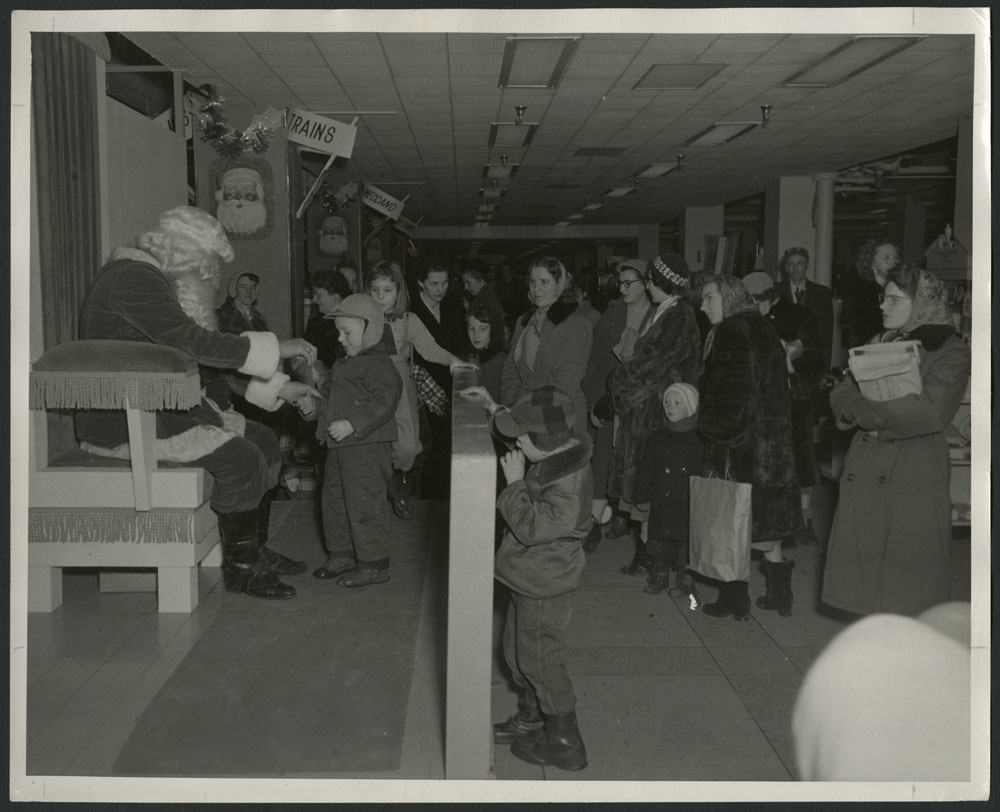
![On the left of the graphic, Tatânga Mânî [Chief Walking Buffalo] [George McLean] in traditional regalia on horse. In the middle, Iggi and girl engaging in a “kunik”, a traditional greeting in Inuit culture. On the right, Maxime Marion, a Métis guide stands holding a rifle. In the background, there is a map of Upper and Lower Canada, and text from the Red River Settlement collection.](https://thediscoverblog.files.wordpress.com/2019/02/blog-banner.jpg)


























